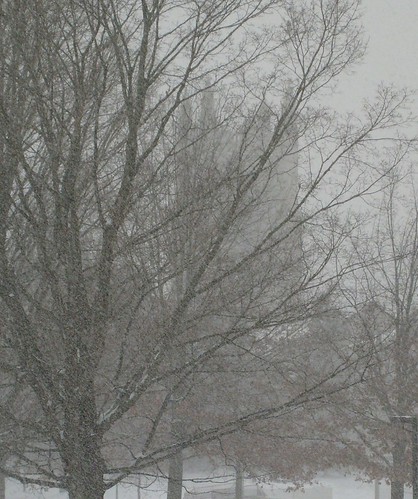Mostly by accident, this week I wound up watching two different thrillers set in Los Angeles: Chinatown, the 1974 classic directed by Roman Polanski and starring a young, amazingly handsome Jack Nicholson and a frighteningly seductive Faye Dunaway; and Point Blank, a 1967 film directed by John Boorman and starring Lee Marvin and Angie Dickinson.
Everyone knows about Chinatown. It’s a gripping film with a plot that closely resembles Churchill’s line about the Soviet Union: “a riddle, wrapped in a mystery, inside an enigma.” Deservedly, Chinatown received 10 Oscar nominations (Best Picture, Best Actor for Nicholson and Actress for Dunaway, Director, and on and on) and won one, for Robert Towne’s screenplay, which is – judging by the film itself – a pretty fantastic piece of writing. It’s a shame that the soundtrack didn’t win the Oscar, too, because it is, note for note, just as good as the screenplay is, word for word.
Point Blank, I think, far from a classic movie, but it was based – very, very loosely – on a a pretty fantastic piece of writing, the classic 1962 noir novel by Donald Westlake (writing as Richard Stark), The Hunter. The novel is set in 1962 New York, and brilliantly evokes that setting, but Point Blank is set, mystifyingly, in San Francisco (including, bizarrely, Alcatraz) and Los Angeles. The film takes all kinds of crazy and destructive liberties with the book’s tight plot, and veers off into what seemed to me to be cut-rate attempts to outdo Hitchcock, especially the what-the-fuck-is-happening psychedelic scenes in Vertigo. It doesn’t work.








